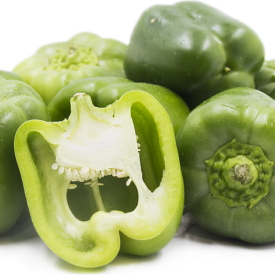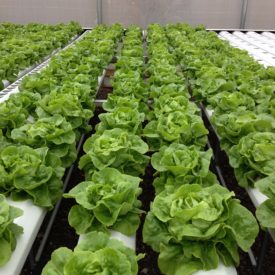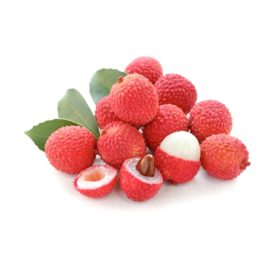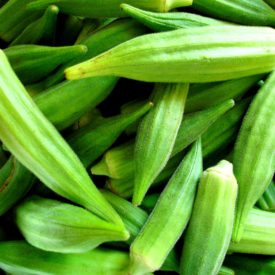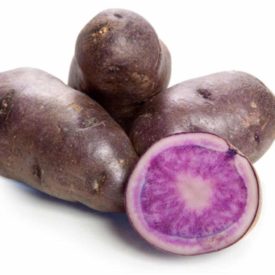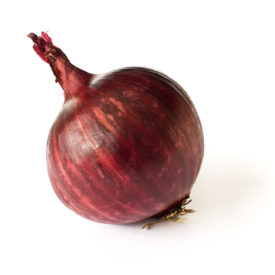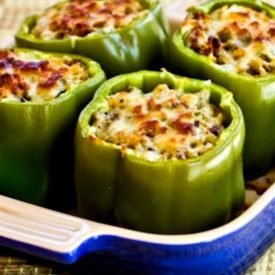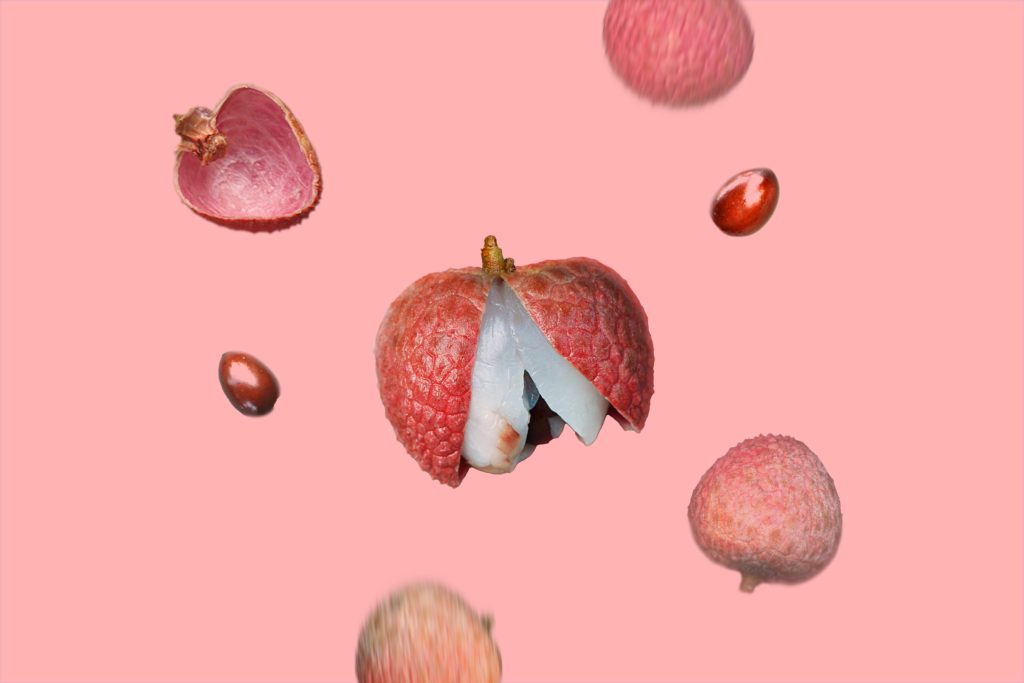
Lychee season, which usually runs from May to August in Hawaii, is upon us! The first lychee plant brought to Hawaii was imported from China in 1873 by Mr. Ching Chock and planted on the property of Mr. Chun Afong. Because it does best in warm, humid climates, lychee thrived in Hawaii. This popular fruit, sometimes known as litchi or lichi, is a part of the soapberry family. The large, long-lived, evergreen tree produces red or pale orange fruits with a tough, “bumpy,” easily peeled skin resembling large raspberries. Each contains a juicy, translucent white, and gelatinous fruit with a distinctive, sweet, slightly acidic fragrance and flavor, comparable to grapes.
Lychee is known as the “queen of fruits” because it’s packed with an abundance of nutrients that are anti-inflammatory (flavanol), can boost the immune system (vitamin C), regulate blood pressure (potassium and sodium), improve digestion (water + fiber), and promote cardiovascular health (antioxidants).
Preparation
Peel the skin and eat the white flesh around the seed.
Lychees keep well, offering perhaps better-than-fresh quality after a few weeks of storage. They turn brown, which sometimes indicates increased sweetness.
Dried lychees are larger but similar to raisins, and a prized delicacy in some countries. Sealed well, they can be stored for as long as a year. Fresh or dried, lychees can be chopped into fruit or green salads. Stuffed lychees are popular with cream cheese and nuts.
